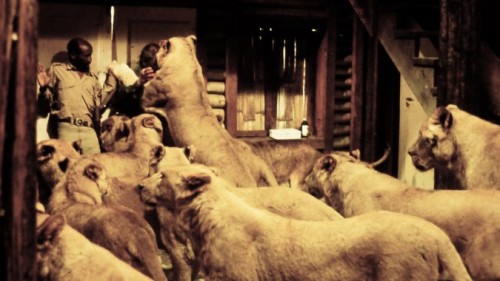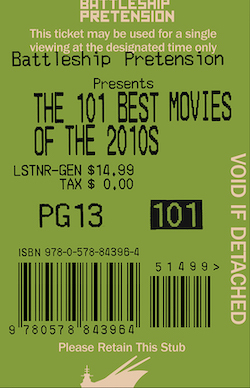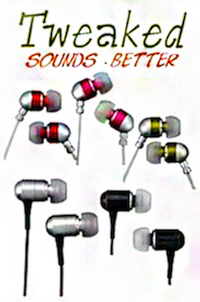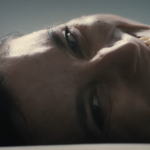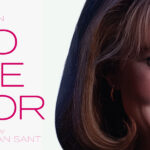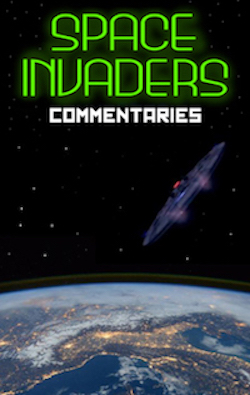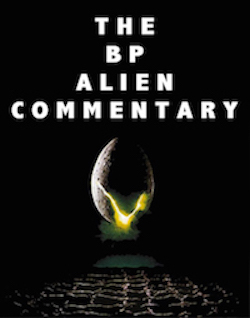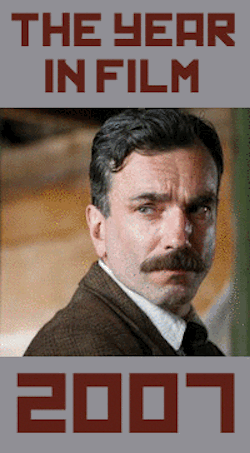Big Cat Country, by James T. Sheridan
ROAR, by director Noel Marshall, is a terribly misguided and bizarre journey through an African animal sanctuary where lions, tigers, cheetahs, and elephants run amuck while a terrified family hides in closets or refrigerators, jumps off the roof into the river below, and in general, avoids being eaten. It has all the real attraction of showing these giant and majestic animals up close coupled with the unfortunate recklessness of not telling a story that is compelling or interesting.
Tippi Hedren stars as Madelaine, a woman who accompanies her three children (Melanie Griffith, John Marshall, and Jerry Marshall) on a trip to Africa. Madelaine is the wife of zookeeper, conservationist, proto-Timothy Treadmill animal lover Hank, played by director Noel Marshall, who keeps a menagerie of animals roaming about him at all times, mixing it up with them, petting and hugging and getting swatted by the paws of giant cats. His character is generally meant to be played as a well-meaning guy but Hank comes across as a delusional lunatic in his few scenes with neighbor Mativo (Kyalo Mativo) where he talks about the animals as his friends and shrugs off potential violence as “they’re just playing” and is probably a candidate for Worst Father Ever for leaving his family at the whims of these animals for nearly the film’s entire length. The film is completely shapeless with long stretches of ecologically minded songs playing over montages of tigers playing. Basically, the family arrives at the empty sanctuary while dad goes to get them, and chaos ensues.
I do not subscribe, generally, to a “so bad it is good” philosophy of watching films and there simply is not enough here for me to genuinely recommend it to anyone beyond the pure shock value of seeing lions EVERYWHERE! Marshall’s talent as a director (as well as future Speed director Jan de Bont’s cinematography work) is to fill the frame with so many animals that there is a constant adrenaline rush of fear coursing through this film. The more lions enter the room with these characters, the more dread it inspires and the more my skin crawled. That being said, a subplot about poachers is a misfire and horrific and the family never really takes on any sort of emotional dynamic. Mostly, I just watched with horror.
Perhaps what is most troubling about ROAR is its insistence in the opening credits that “Since the choice was made to use untrained animals and since the most part they chose to do as they wished, it’s only fair they share the writing and directing credits.” Besides that being a bit saccharine for my tastes, the statement reaches a height of both arrogance and recklessness when contrasted with the film’s bloody track record. The press materials state, “the story of ROAR’s production is one of the most terrifying and dangerous ever committed to celluloid: over seventy bloody attacks documented, including the scalping of future Speed director Jan de Bont (requiring 220 stitches) and a mauling of Melanie Griffith so bad she required reconstructive facial surgery.” How I had never heard about this film is beyond me. The back story of so much blood and possible death of its makers is never justified by what is shown on the screen and all that information reveals is the hubris of the foolhardy filmmakers, crafting a tale of sound and fury, signifying nothing, to quote Macbeth as his life unravels into madness.
Werner Herzog in Grizzly Man remarks upon “the overwhelming indifference of nature” to humanity, showing an emotional gravity and reverence for the life of the misguided man in his film. Here, Marshall chooses to end the film with edenic images of playful baby tigers and cheetahs, a family eating dinner on silverware with giant cats lounging peacefully in the background, all set against the glorious African sunset. At its best, it’s bizarre. At its worst, it’s truly dangerous.

